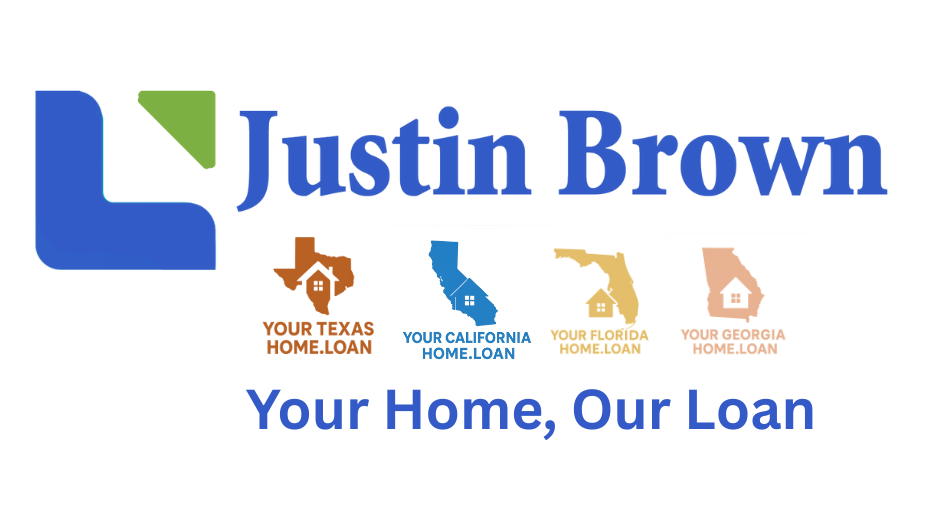Tug-of-War, Tariffs vs. Rates
📉 The Impact of Tariffs on the Economy and Mortgage-Backed Securities (MBS)
In April 2025, the U.S. enacted sweeping new tariffs on a broad range of goods — including steel, aluminum, semiconductors, and critical manufacturing inputs. These trade measures, introduced as part of a larger economic strategy, are now rippling through markets and could have a significant effect on interest rates and home affordability over the next several months.
🔄 Why Tariffs Can Drive Up Mortgage Rates
Tariffs often lead to increased costs for materials and goods. When these costs rise, businesses typically pass them on to consumers, triggering higher inflation. The Federal Reserve watches inflation closely — and if it climbs too high, they may delay interest rate cuts or even tighten monetary policy.
At the same time, tariffs can also reduce overall economic activity. As costs rise, both consumers and businesses may spend less, potentially dragging down GDP growth and increasing the risk of a slowdown or recession. This mixed impact is confusing to many buyers, but it matters — a lot.
📊 What This Means for the Bond and MBS Markets
Mortgage rates are closely tied to the 10-Year Treasury Yield and Mortgage-Backed Securities (MBS). Tariffs can influence both:
Inflationary fears = higher Treasury yields = higher mortgage rates.
Recession fears = increased MBS demand = lower mortgage rates.
We’re in a tug-of-war scenario. And when markets are unsure, volatility increases — which is what we’re seeing now.
💡 Why Buyers Should Pay Attention
Mortgage rates may fluctuate sharply through summer 2025. Here’s what could happen:
If inflation holds: Rates could rise another 0.25%–0.50%.
If the economy slows down: Rates could drop into the mid-to-high 5% range, depending on your scenario.
That means today’s buyer has a decision to make: wait and risk higher rates… or act now and lock in a rate while exploring float-down options if the market improves.
